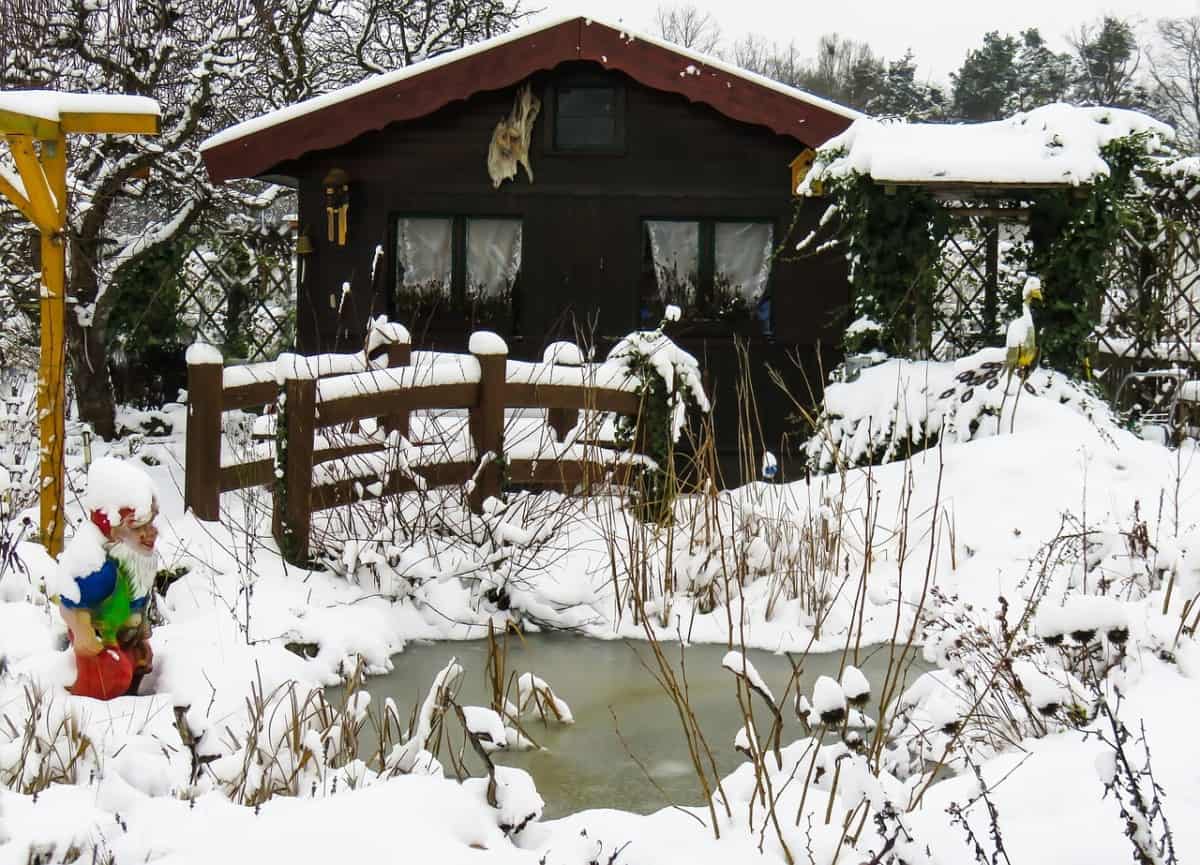If asked to close your eyes and picture a garden pond, the chances are that you’ll envisage a bright summer’s day, gentle tinkling water, and Koi swimming around in a crystal clear plant-filled space. A quintessential image of what most fish keepers would hope to achieve, I’m sure you’ll agree? We look at how deep a Koi pond should be when thinking about winter
The image described above, however, does not quite fit for all year long should you live in the Northern Hemisphere. For here, winter will strike, cannot be avoided, and could affect your Koi garden pond quite drastically.
A koi pond should be no less than 4-feet deep. This is the minimum depth that will ensure your whole pond does not freeze, get too cold, and possibly kill your Koi. At 4 feet deep you will also protect your koi from pred
The effects of winter will vary depending on where you live, but one thing is for sure. You will need to ensure, right from the setup, that your pond can withstand cold temperatures, and protects your Koi (as much as possible) from them.

Table of Contents
Building A Pond That Will Help Your Koi Sail Through Winter
As a standard, and most importantly, a Koi pond needs to be at least 4 feet deep. This is not only to help them get through the cold temperatures and consequences of winter, but also to keep them fit and healthy all year round. Koi without this depth will not develop strong muscles and their streamline shape, but rather become obese and rugby ball-shaped.
Perhaps slightly less important, a Koi pond also needs to be at least 8 feet by 6 feet. This will give you’ when teamed with 4-feet depth, a water capacity of around 1200 gallons and ample space for 4 to 5 fully grown Koi. Please note, you should always take into account the full-grown Koi size, 24 inches plus, when planning your pond and not the 3 to 4 inches they will be on purchase.
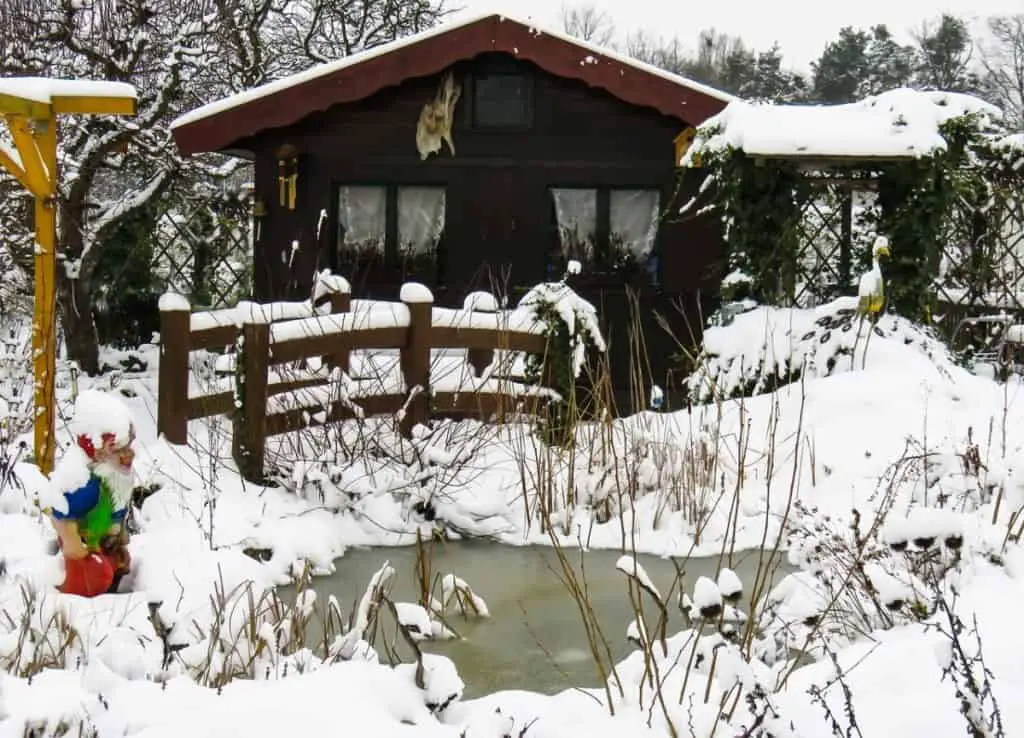
Why Does A Koi Pond Need To Be Of A Certain Depth For Winter?
There are three main reasons why the depth of your pond really matters during the winter months and these are:
- A good depth can stop your Koi from becoming too cold/frozen solid
- Koi need a good depth of water to enter the torpor state
- A good depth can prevent predators from catching Koi in torpor
Preventing Your Koi From Freezing Solid
Believe it or not the freezing over of the surface of a pond can be extremely beneficial to Koi over winter. This is due to the fact that it will help to insulate the water and create a stable environment for your Koi whilst they are in torpor.
A frozen surface can, and usually will protect deeper layers of water from freezing up themselves, leaving the bottom of the pond as the perfect place for Koi to retreat to.
How this works all lies in the fact that cold air cannot come into contact with the water below that is not frozen. This in turn then prevents further heat loss occurring at such a severe rate as it would without obstruction.
This does not mean that no heat loss at all will occur, but rather that the loss will be slower and less harmful.
Water/ice is also a much better insulator than air is and will ensure the water under the ice remains much warmer than the air above. The deeper the pond, the better insulated the water will be, as the cold will have further to travel, more water to pass through before it reaches the bottom where your Koi will be.
Having said all that six-inch (plus) depth of your pond could freeze, depending on the climate you live in. And though Koi can withstand temperatures that drop as low as 50 °F (10 °C), they cannot survive being frozen solid. Hence, a 4-feet depth is considered being the minimum that will ensure your whole pond does not freeze, get too cold, and possibly kill your Koi.
Koi And Torpor
Torpor is a state of decreased physiological activity in an animal (in this case Koi), usually due to a drop in body temperature and metabolic rate. It enables animals in their natural habitat to survive periods of reduced food availability and is commonly referred to as hibernation.
Koi begin to go into torpor when the temperature of the water around them drops to 50 °F and below. It starts with the Koi ceasing to eat and goes on to them becoming sluggish and sleeping the season away.
They do this at the bottom of the pond where the temperature is slightly higher. This is why they need ponds that are 4 feet deep or more to ensure acceptable water temperature.
Preventing Predators Catching Your Koi
Predators such as Heron can be a huge problem for those fish-keepers with Koi ponds all year long. After all, these are intelligent birds with excellent fish-catching skills that can clear a pond of Koi within hours.
Surprisingly, this also does not have to be automatically through the day. Herons will also hunt and feed at night, when you, and probably your Koi, are most off guard.
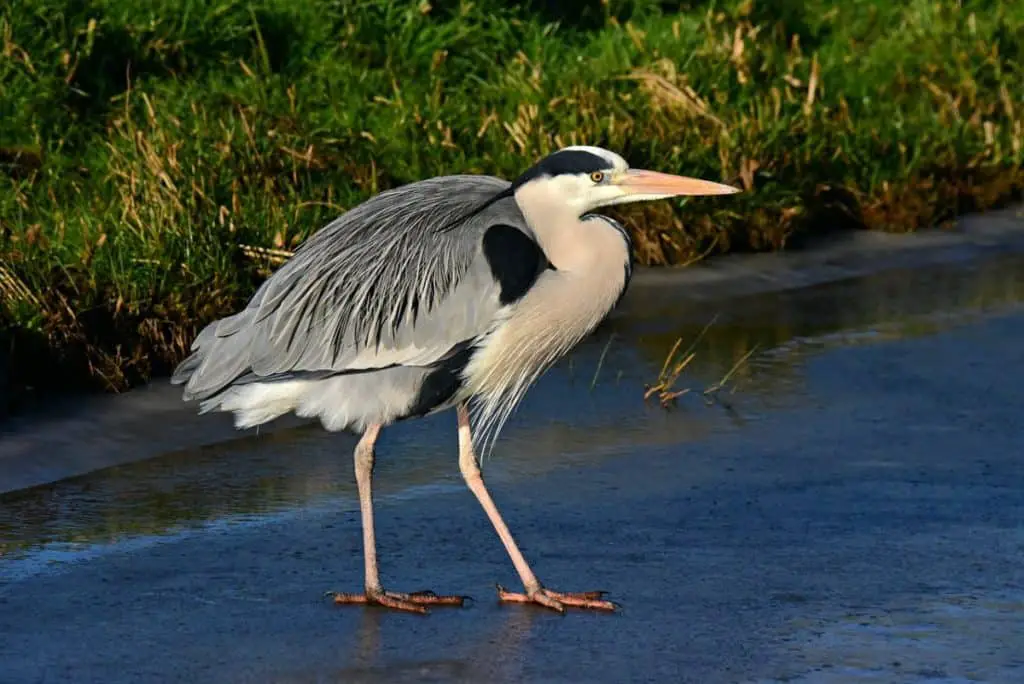
Another surprise, perhaps, is that predators will also hunt your Koi during the winter months, as long as the pond is not completely frozen over. In fact, Koi are pretty much easy pickings for herons at this time, especially if they are in a shallow pond.
This is because, as mentioned previously, Koi spend the winter in a state of ‘Torpor’ more commonly known as hibernation. At this time they are sluggish and lethargic and therefore more at risk.
To prevent easy predation during winter, again a pond of at least four feet is recommended. This is so that your Koi can sleep away winter at the bottom of the pond, as previously mentioned, and out of possible predators reach. As an extra precaution, you may want to consider netting your pond, especially during the winter months.
How Will You Know If Your Pond Is Going To Freeze?
The simple answer to this question is you probably won’t. Knowing when and if a pond will freeze is difficult as temperatures can vary year on year. However, you can make a fairly good guess as to whether the freezing of your pond will be gradual or happen overnight judging by the weather over previous years. Be prepared, however, that ‘freak’ weather is becoming more and more the norm, and be ready for every situation.
Please note, that if you are at all worried that your pond may freeze completely, there are some actions that you can take. These are that firstly you could choose to heat your garden pond throughout the winter preventing a big freeze from occurring.
Or you could move your Koi inside the house or somewhere warmer for the cold season. However, please be aware that if you take the second option, due to the Koi’s large size, you will need somewhere large to house them.
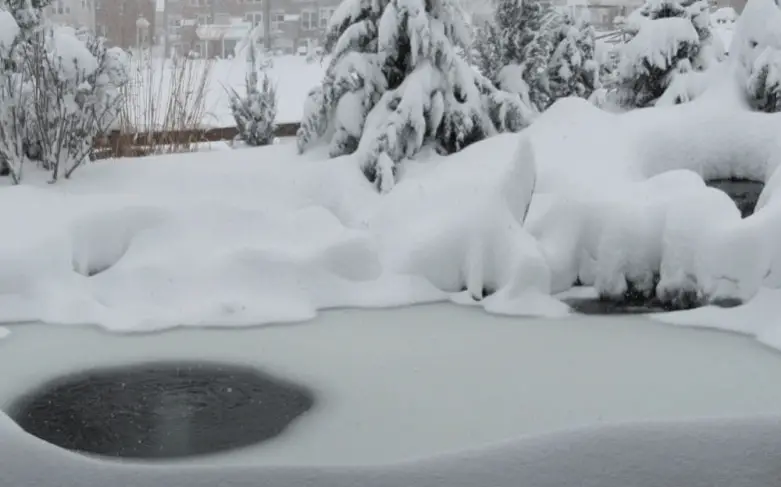
Image credits @ Premierpond.com
What To Do If Your Pond Freezes?
If your pond freezes, you will need to make an opening in the ice to allow gas exchange to take place. This is important as oxygen needs to be allowed to dissolve into the water for your fish to breathe, and harmful gases such as carbon dioxide need to escape.
In order to create a hole, you can buy either a pond heater or de-icer which you can then simply sit on top of the pond. Over time heat will then disperse and slowly melt the ice until the heater or de-icer floats on the water. You could either then remove this heater or de-icer until needed again, or leave it and allow it to keep the hole open.
If you do not have a heater or de-icer to hand do not worry as you could also use a simple and cheap alternative. A bowl filled with boiling water and sat upon the ice will also have the same effect. However, please note that you will not be able to keep the hole open with this method as when the water cools it will become ineffective.

Pond Aeration Kits
Another great way to prevent your koi pond freezing over in winter is by using an all year round pond aeration bubble kit.
Koi fish are very susceptible to low levels of oxygen in their pond. A pond with low levels of oxygen will adversely affect your fish. Pond aerators or ‘Bubblers’ as they are often called serve two main purposes. Firstly they increase oxygen levels in your pond all year round. Secondly, they prevent your koi pond from freezing over in winter.
They come with winter-proof pipes and attachments to prevent them from freezing on the coldest of winter days.
If you have a waterfall or fountain this will provide oxygen to your pond throughout the summer months but in winter they will not work efficiently and may even stop altogether. That’s why an all year round aerator will suit better.
If you have a large pond with plenty of Koi, then having a heavy-duty oxygenator will certainly be of benefit, as Koi thrive in highly oxygenated waters.
We highly recommend the Aquascape 75000 pond aeration kit which is perfect for all year round operation and available on Amazon direct to your door. Click here to read customer reviews on this product.
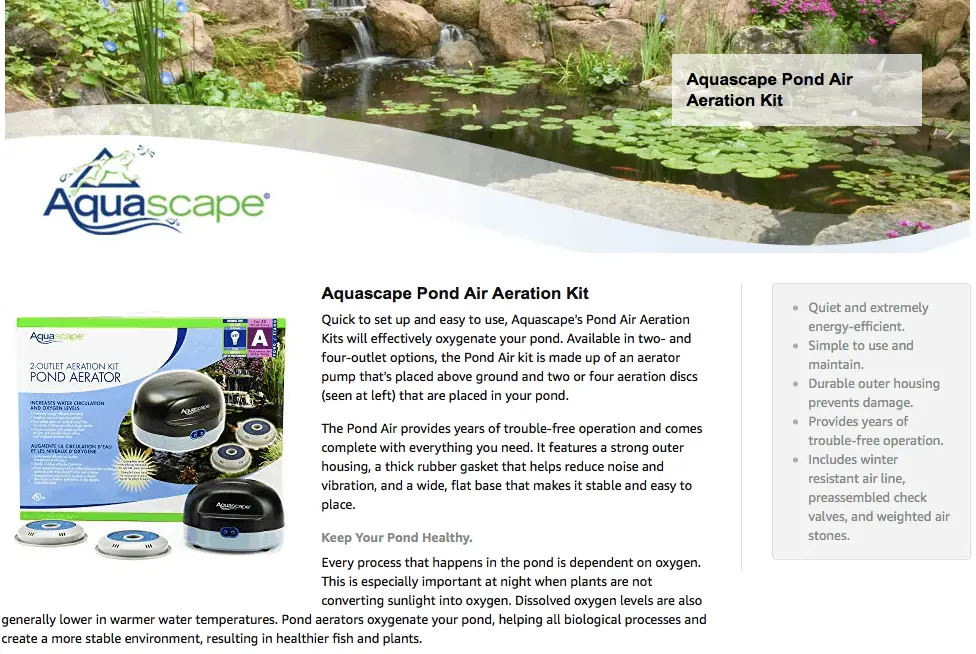
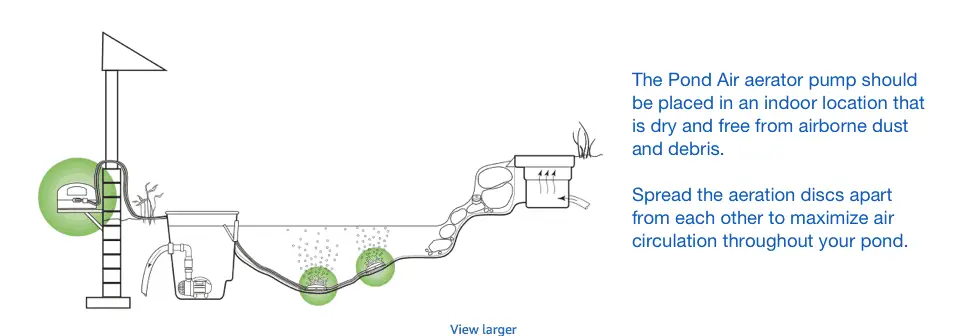
We have used the Aquascape on many of our smaller ponds using their two outlet model. In our larger ponds we used the 4 outlet model which offered more protection through winter with 4 areas of the pond left un-frozen.
If you have a much deeper koi pond (over 6 feet deep) you will need a more powerful compressor like the AirPro Kit from Living Water.
Conclusion: How Deep Should A Koi Pond Be For Winter?
Finally, but highly imperatively, is that you should never break the ice on a pond that has frozen over with a hammer or tool. This is due to sound and energy carrying very strongly through water which will cause immense stress to your Koi.
- How many eggs do Koi lay? How many and how often
- How long are Koi fish pregnant? Live Spawning or egg Layers
- Do Koi fish Eat Mosquito Larvae? Cool Facts!
- American Flagfish (Jordanella floridae) Complete Care Guide
- How to Oxygenate a Pond | 3 Ways to Oxygenate a Fish Pond
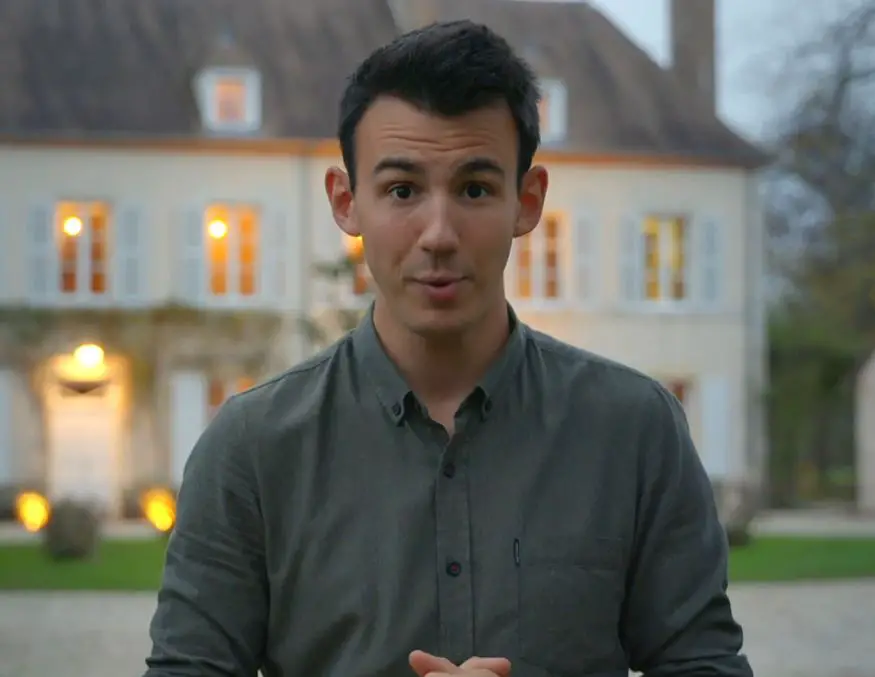
I have been working in the tropical fish industry for over 30 years now and I’m still learning. Everyday is a school day in this hobby. In my spare time I play golf very badly!


